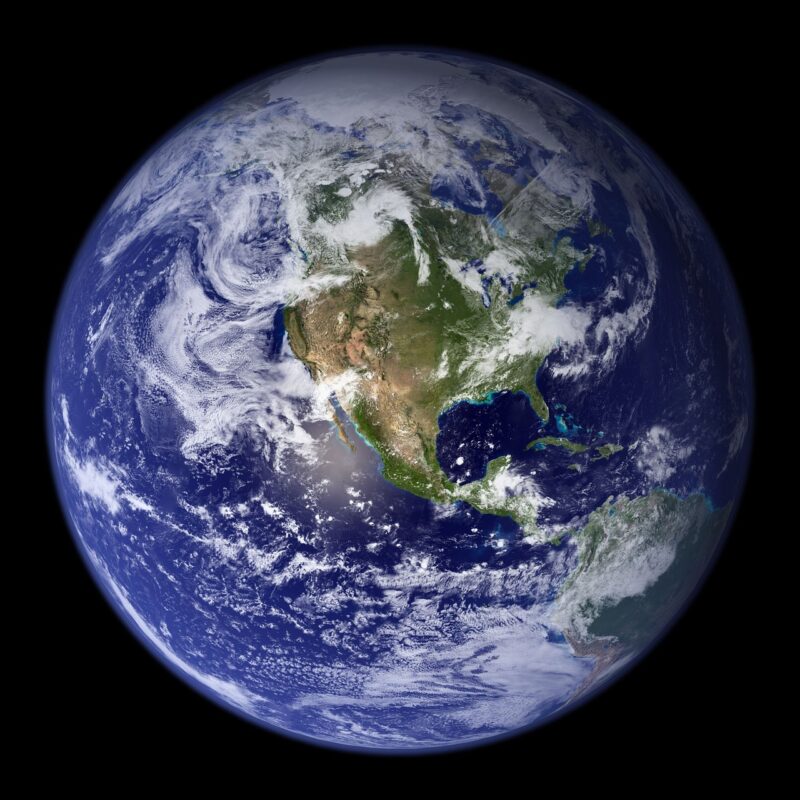The Importance of Earth’s Atmosphere in Supporting Life
November 16, 2024

The Earth’s atmosphere is not merely a layer of gases enveloping our planet; it is a crucial component that sustains life as we know it. Comprised of several layers, each serving a unique purpose, the atmosphere serves a multitude of functions vital for the survival of all living organisms. In this article, we will explore the significance of the Earth’s atmosphere in nurturing life, protecting the environment, and maintaining climate balance.
1. What is the Earth’s Atmosphere?
The Earth’s atmosphere is a complex mixture of gases, primarily nitrogen (78%), oxygen (21%), argon (0.93%), and trace amounts of other gases like carbon dioxide, methane, and water vapor. This mixture extends approximately 600 kilometers (375 miles) above the Earth’s surface and is divided into several layers:
- Troposphere: The lowest layer where weather occurs and where we live. It extends up to about 8-15 kilometers (5-9 miles) above sea level.
- Stratosphere: Above the troposphere, this layer contains the ozone layer, which absorbs and scatters ultraviolet solar radiation.
- Mesosphere: The middle layer where temperatures decrease with altitude, and meteors burn up upon entering the atmosphere.
- Thermosphere: A layer characterized by high temperatures and low densities offering protection against harmful solar radiation. Space shuttles operate here.
- Exosphere: The outermost layer, where atmospheric particles are so sparse that they can travel hundreds of kilometers without colliding with one another.
Understanding the structure of the atmosphere is the first step toward appreciating its importance to life on Earth.
2. The Role of the Atmosphere in Supporting Life
The atmosphere plays several critical roles that directly support life:
a. Providing Oxygen for Respiration
Oxygen is essential for the survival of most life forms on Earth. The atmosphere maintains a balance of gases, allowing organisms to breathe and carry out cellular respiration, a process that produces energy.
b. Regulating Temperature
The atmosphere, particularly through the greenhouse effect, helps to maintain temperatures within a suitable range for life. Gases such as carbon dioxide, methane, and water vapor trap heat, preventing the Earth from becoming too cold at night or during winter months. This temperature regulation supports ecosystems and biodiversity.
c. Protecting Against Harmful UV Radiation
The ozone layer in the stratosphere absorbs the majority of the sun’s harmful ultraviolet radiation. Without this protective shield, life on Earth would be exposed to high levels of UV radiation, leading to increased risks of skin cancer, cataracts, and other health issues, along with detrimental effects on ecosystems.
d. Facilitating Weather and Climate
Weather phenomena, such as rain and snow, are vital for life on Earth. The atmosphere helps circulate moisture through processes like evaporation and condensation, delivering fresh water to ecosystems and replenishing water supplies. This hydrological cycle is key to sustaining agricultural practices and natural habitats.
3. The Atmosphere as a Protector
Beyond supporting life, the atmosphere also acts as a protective barrier against numerous external threats:
a. Shielding from Space Debris
The atmosphere protects the Earth from meteoroids and space debris. When these objects enter the atmosphere, they burn up due to friction, preventing potential impacts on the surface that could cause significant damage.
b. Filtering Pollutants
The atmosphere acts as a natural filter, removing some pollutants through physical and chemical processes. Vegetation in the lower atmosphere can also help absorb carbon dioxide and other gases, improving air quality and benefiting both human and ecological health.
4. The Impact of Human Activity on the Atmosphere
While the atmosphere is vital for life, human activities have increasingly negatively impacted it. Over the last century, industrialization, deforestation, and fossil fuel consumption have led to elevated greenhouse gas concentrations and pollutants in the atmosphere, resulting in climate change and environmental degradation.
a. Climate Change
The increase in greenhouse gases like carbon dioxide and methane traps more heat, leading to global warming. This alteration in climate patterns affects agricultural productivity, ocean levels, and weather events, posing risks to biodiversity and human livelihoods.
b. Ozone Layer Depletion
The release of chlorofluorocarbons (CFCs) and other ozone-depleting substances has caused significant harm to the ozone layer. As a result, increased UV radiation reaches Earth, risking public health and disrupting ecosystems.
5. Protecting and Preserving the Atmosphere
To safeguard the atmosphere and maintain its critical functions, collective action is needed. Here are some strategies:
- Adopting Sustainable Practices: Individuals and businesses can reduce carbon footprints through energy-efficient solutions, waste reduction, and supporting sustainable products.
- Promoting Renewable Energy Sources: Transitioning to renewable energy such as solar, wind, and hydropower can significantly reduce greenhouse gas emissions and air pollutants.
- Supporting Policy Measures: Advocacy for legislation aimed at protecting the atmosphere and promoting environmental conservation can lead to meaningful changes at the national and global levels.
- Enhancing Public Awareness: Education and outreach initiatives can help raise awareness about the importance of the atmosphere and motivate communities to engage in protective efforts.
The preservation of the atmosphere requires concerted action at all levels of society, emphasizing our collective responsibility to ensure its integrity for future generations.
Conclusion
The Earth’s atmosphere is a remarkable and complex system that plays a vital role in sustaining life. From providing the oxygen we breathe to regulating temperature and protecting us from harmful radiation, the atmosphere’s importance cannot be overstated. However, human activities are increasingly jeopardizing this critical resource, impacting not only the environment but also our health and future.
It is our responsibility to take action to protect this precious layer surrounding our planet. By adopting sustainable practices and advocating for necessary changes, we can preserve the Earth’s atmosphere and, consequently, the delicate balance of life it supports. Together, we can ensure a healthier planet for ourselves, for future generations, and for all living beings that call Earth home.







